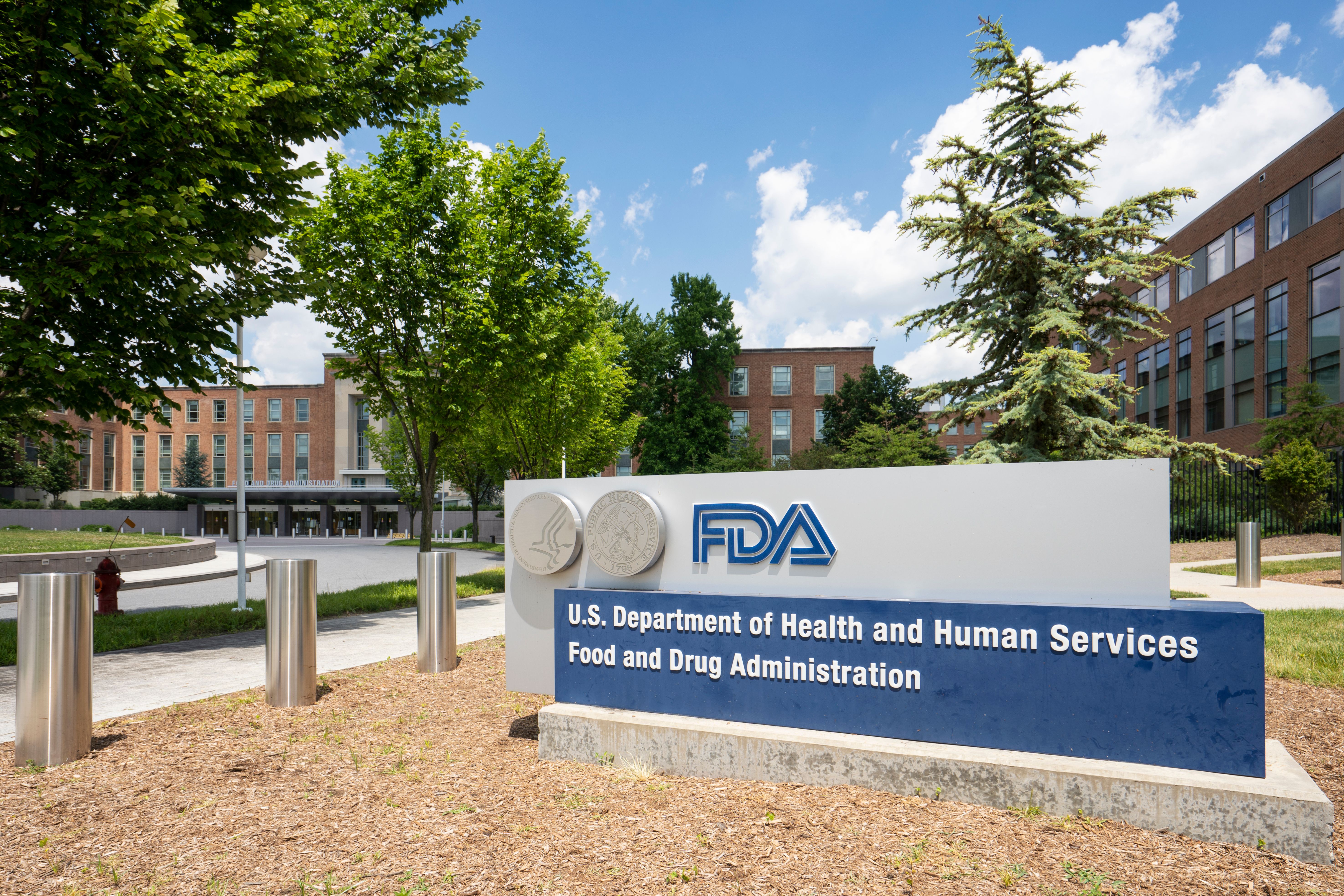Video
Clinical Pathways in Lung Cancer
John Fox, MD, MHA, associate chief medical officer at Priority Health
I think when people think of clinical pathways, they think of drug pathways. But more broadly, I think of pathways as starting at the time of diagnosis, through the time when the patient decisions (treatment decisions) are made, up until the time when patients no longer continue treatment. So, in the diagnostic pathway, we think about what types of tests need to be done to optimize the treatment for that patient—to personalize the treatment. And that can eliminate the choice of drugs that don’t make a difference and that only expose patients to the harm without any clinical benefit.
On the clinical drug choice, certainly, I think pathways have a lot of different ways where they impact patient outcomes. First, when you’re choosing from one of a few regimens, versus one of many, it really reduces the risks of side effects and complications from the drug administration. In fact, in our pathways program, the people most satisfied were the infusion nurses because they have to know about fewer regimens and fewer toxicities. But pathways can also reduce the cost associated with cancer treatment, because we eliminate therapies that are not evidence-based and have no additional value to the patient. They don’t fulfill the “Triple Aim” of improving the patient experience and improving outcomes, or reducing costs.
And then, finally, I think pathways (full-fledged pathways), improve outcomes, because we consider the patient’s goals and preferences for care. We don’t continue chemotherapy when the patient’s preferences dictate that they just want to be kept comfortable with palliative or hospice care.
Creating incentives around pathways is a real challenge. Currently, physicians have an incentive to, perhaps, give more expensive therapies, because they make money off those therapies. Less expensive therapies may put a provider in an ethical compromising position, because they’re being incentivized to use less costly therapies because they keep the difference between the cost of the drug and what they get paid. So, our preference is to simply not have incentives at all, other than to make sure that the providers are using evidence-based care that all would agree constitute the standard.
There’s a lot of discussion, these days, about site of care. Cancer care may be an exception where there aren’t a lot of choices. In metropolitan areas, there may be, but in many of the areas that our health plan serves, there aren’t choices. There’s a single oncology practice that may be based at a facility, a hospital, or in private practice. It’s very difficult for us to create incentives around moving to a different site of care unless we’re willing to force patients to switch providers, which is not a good play, in my opinion.
Newsletter
Stay ahead of policy, cost, and value—subscribe to AJMC for expert insights at the intersection of clinical care and health economics.





